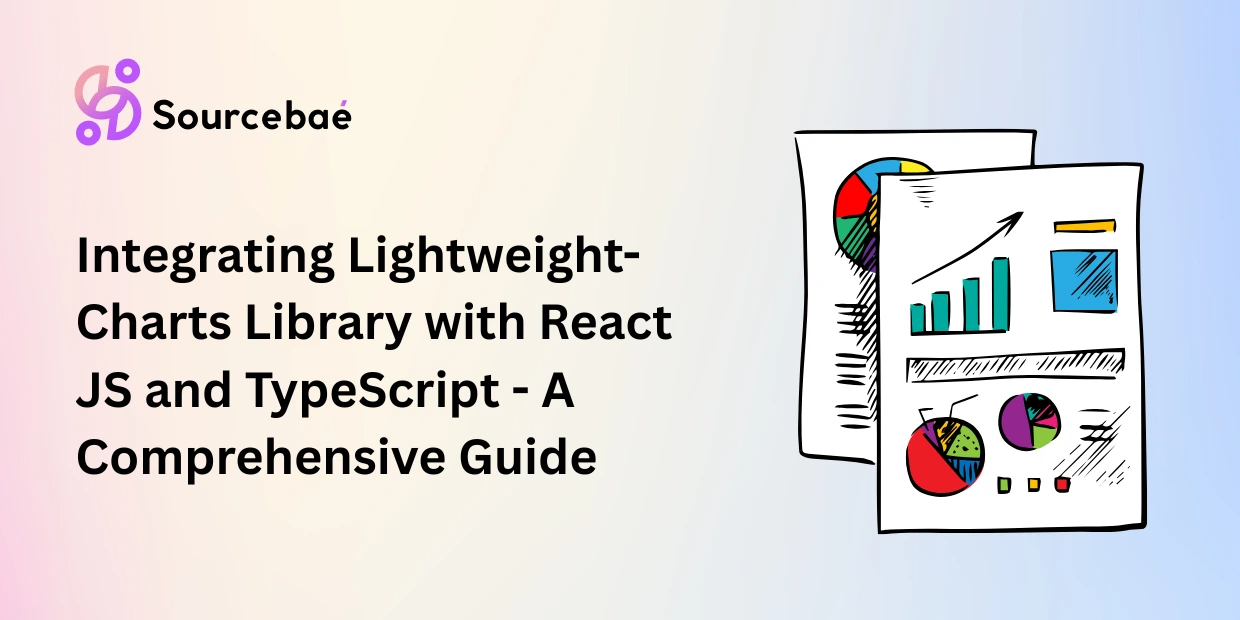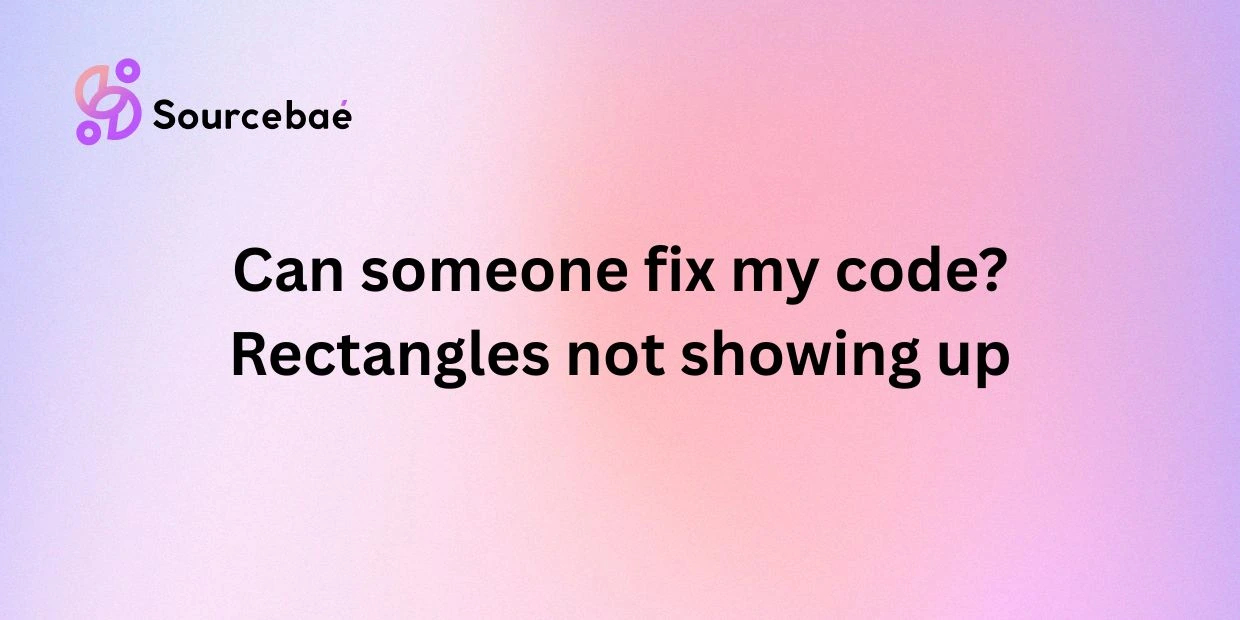React, a popular JavaScript library for building user interfaces, does not have its own API. However, it does provide a set of built-in components and functions that developers can use to create interactive and dynamic web applications. Additionally, React can be integrated with various APIs to fetch data, manage state, handle routing, and perform other tasks.
In this article, we will explore some of the commonly used APIs in React and how they can be leveraged to enhance the functionality and interactivity of React applications.
API is used in React
- Fetch API: The Fetch API is a modern replacement for XMLHttpRequest, providing a more flexible and powerful way to make HTTP requests in JavaScript. It is commonly used in React applications to fetch data from remote servers or APIs. The Fetch API returns a Promise that can be used to handle the response asynchronously. React developers can use the Fetch API in combination with React’s lifecycle methods or hooks to retrieve data and update the UI accordingly.
- Axios: Axios is a popular JavaScript library used for making HTTP requests. It provides an easy-to-use API for performing HTTP requests with features such as request and response interceptors, automatic JSON parsing, and error handling. Axios can be used in React applications to simplify the process of making HTTP requests and managing responses. It can be integrated with React by either using it directly in components or creating custom hooks for reusable API calls.
- React Router: React Router is a library that enables client-side routing in React applications. It provides a declarative way to define routes and navigate between different components or pages. React Router uses the browser’s History API under the hood to manage the URL and update the UI accordingly. By integrating React Router into a React application, developers can create single-page applications with multiple routes and dynamic navigation.
- Context API: The Context API is a built-in feature of React that allows developers to share state across multiple components without passing props explicitly. It provides a way to create a global state that can be accessed by any component within a React application. The Context API is particularly useful for managing application-level state or sharing data that needs to be consumed by multiple components at different levels of the component tree.
- LocalStorage and SessionStorage API: The LocalStorage and SessionStorage APIs are part of the Web Storage API and provide a way to store key-value pairs in the browser. They are commonly used in React applications to persist data locally, such as user preferences, authentication tokens, or cached data. By utilizing the LocalStorage or SessionStorage API, developers can create more resilient and user-friendly applications that remember user settings or store temporary data.
- WebSocket API: The WebSocket API enables real-time communication between a client and a server over a single, long-lived connection. It allows for bidirectional communication, where both the client and server can send data to each other at any time. React applications can integrate the WebSocket API to build real-time features like chat applications, collaborative editing tools, or live data dashboards.
- Geolocation API: The Geolocation API provides access to the user’s geographical location information, such as latitude and longitude. React applications can leverage the Geolocation API to build location-aware features like maps, location-based search, or weather applications. By using the Geolocation API in combination with React’s state management, developers can create dynamic and personalized experiences based on the user’s location.
- WebRTC API: The WebRTC (Web Real-Time Communication) API enables peer-to-peer communication between browsers, allowing for real-time audio, video, and data transfer. React applications can utilize the WebRTC API to build applications like video conferencing, live streaming, or file sharing. By integrating the WebRTC API into React components, developers can create rich and interactive real-time experiences directly within their applications.
Conclusion:
These are just a few examples of the APIs that can be used in React applications. React’s flexible and modular architecture allows developers to integrate with a wide range of APIs, libraries, and services to extend the functionality and capabilities of their applications. By leveraging these APIs, React developers can build powerful, interactive, and feature-rich web applications that provide a seamless user experience.





